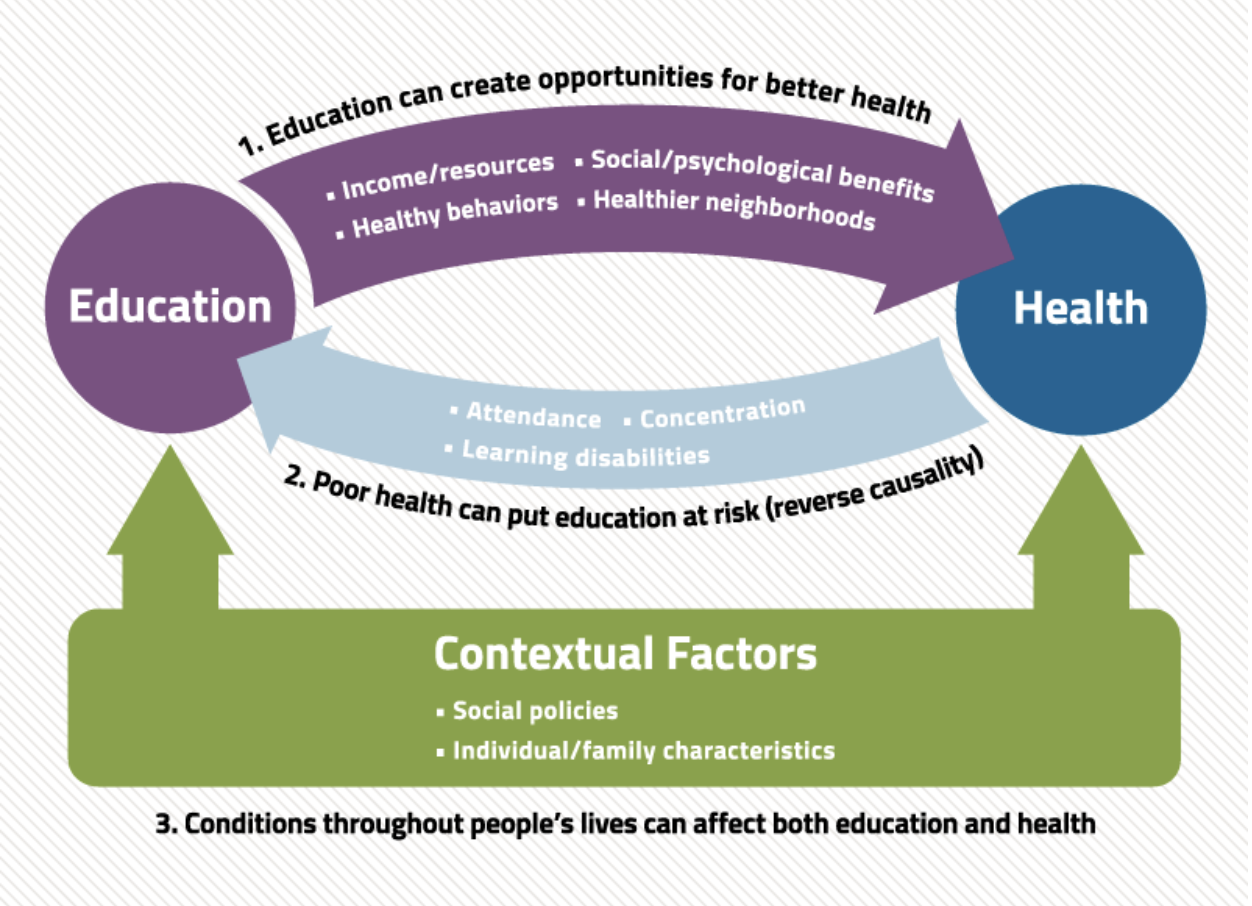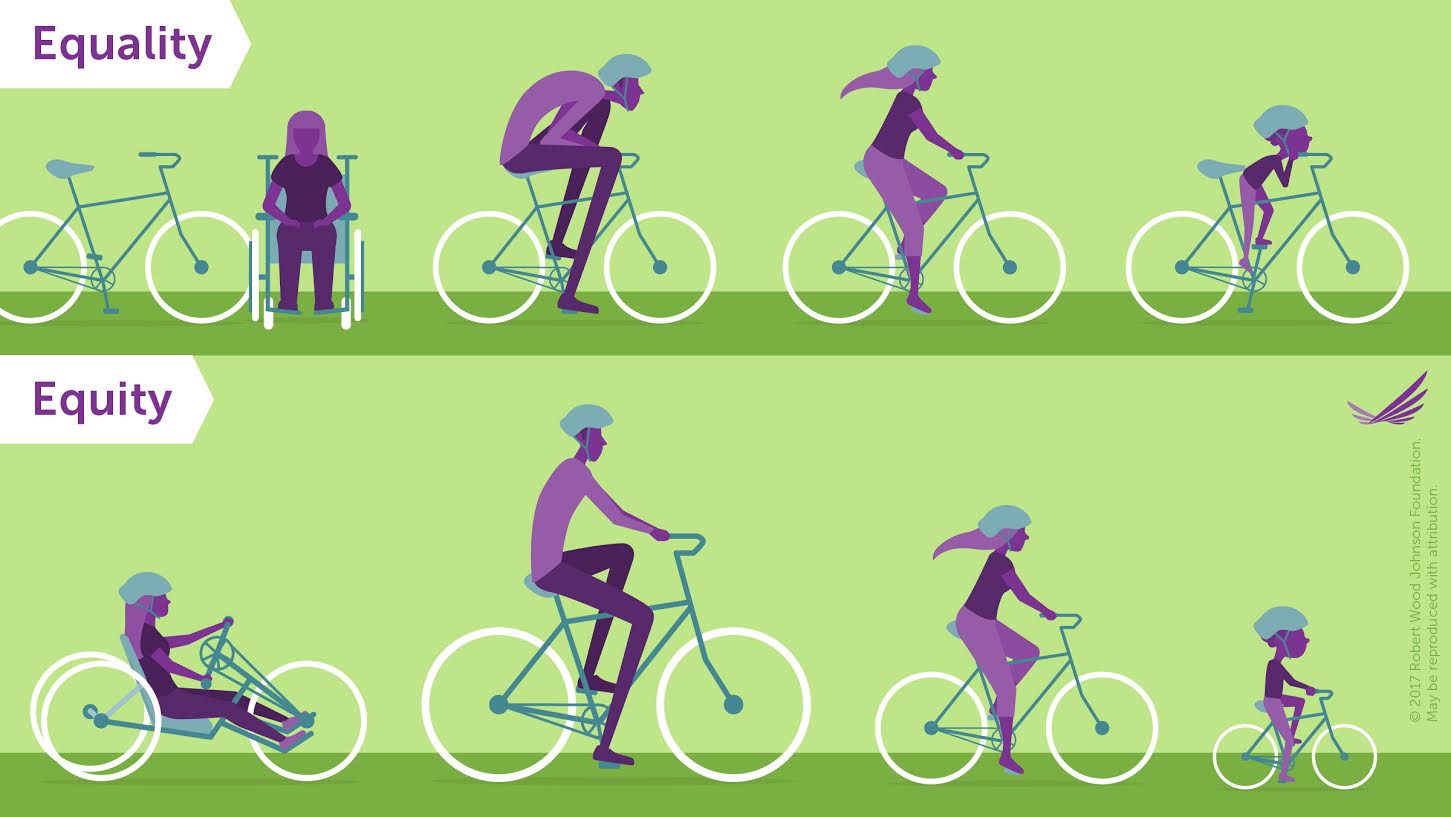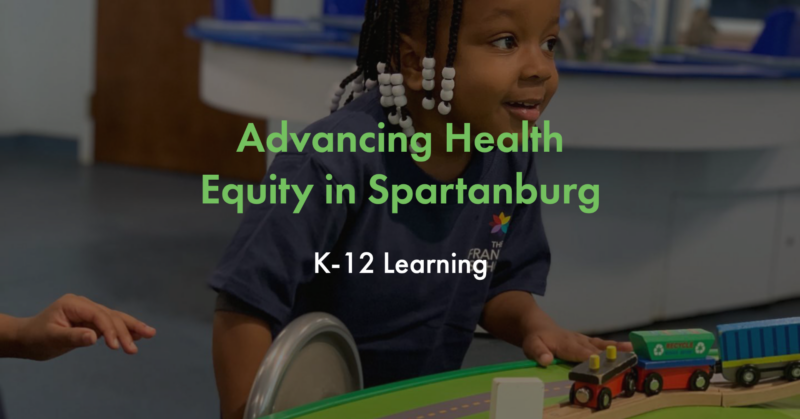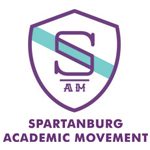K-12 Learning
Mary Black Foundation believes that children who are born healthy, grow up in stable families, have nurturing relationships with adults, and spend time in environments that provide stimulating experiences are more likely to succeed academically, socially, and economically.
Research shows that people with fewer years of education have poorer health and shorter lives. In fact, since the 1990s, life expectancy has decreased for people without a high school education. Education is important not only for higher paying jobs and economic productivity, but also for saving lives and saving dollars.

Spartanburg Academic Movement
Spartanburg Academic Movement (SAM) is a commitment shared by educators, leaders, and communities across Spartanburg County that our children will grow into well-educated, independent adults.
SAM is also a commitment to increase the importance we place on academic achievement for every child, from cradle to career and it’s a commitment to assure that our young people gain the education required for life and work in an economy that requires specialized knowledge to be productive.
It is a sustaining commitment across our urban and rural county of 288,000 people to link the numerous resources we already have in place: our schools, colleges, and nonprofit educational support partners. This is a commitment to focus their unique missions on persistent and targeted gains in academic achievement at every stage of learning.
This commitment will do the most to advance our indicators of community well-being: civic and public health, social and natural environments, and economic development.
How Spartanburg Academic Movement Supports K-12 Learning
SAM establishes achievement goals for each learning stage, and uses county-wide data to measure performance, working with all 7 Spartanburg County School Districts.
Collective Impact
Rather than addressing one point on the educational journey, SAM seeks to coordinate improvements at every stage, from cradle to career.
And, rather than favoring one approach or program over another from stage to stage, the SAM creates “collaborative action networks” of educators and educational non-profits working at various learning stages, identifying best practices, learning from one another, and aiming toward the same improvement targets.
Through alignment rather than isolation, through focus on measures shared in common, through sharing of best practices and working in concert…in short, through the collective impact of an “all-in partnership,” academic achievement goals can be reached.
Advocacy
SAM develops an active advocacy agenda supporting our county’s schools at every opportunity, and encouraging state and national policy in support of academic achievement in Spartanburg County. What we learn is often impactful beyond geographic county lines, engaging us in advocacy issues throughout South Carolina.
Advancing Health Equity in Spartanburg
The Mary Black Foundation believes that health and wellness are basic human rights.
In 2018, the Foundation adopted a health equity statement:
Health equity exists when all people have access to opportunities to thrive, both physically and mentally, and no one is limited in achieving health and wellness because of their race, ethnicity, nationality, gender, ability, sexual orientation, age, income, or zip code.
However, we quickly realized that having a statement was not sufficient enough. We needed a framework to guide our work. In 2020, the Foundation’s Program Directors, Keisha Gray and Natalia Valenzuela Swanson sat down to research and create a framework that would guide us in achieving our mission to invest in people and communities for improved health, wellness, and success in Spartanburg County.

The Framework
To advance health equity, Spartanburg will need to ensure it has: (1) high quality education & employment, (2) safe & supportive neighborhoods, and (3) accessible, affordable, & culturally relevant health care.

Framework in Action
While no one organization can achieve health equity alone, the Mary Black Foundation uses its resources- grants and impact investments, advocacy, capacity building, technical assistance, convening, and strategic alliances- to advance health equity. Below are examples of how the Mary Black Foundation is working to achieve health equity.

Achieving Health Equity in Our Community
In each of the three buckets of Mary Black Foundation’s Health Equity Framework, there are different sub-categories. These subcategories are more specific things that a community needs to have to ensure all people can achieve health and wellness.
Learn More About Mary Black Foundation
Visit Mary Black Foundation’s website to learn more about our Health Equity Framework and examples of ways the Foundation has used grant funding and impact investments to further its mission.



